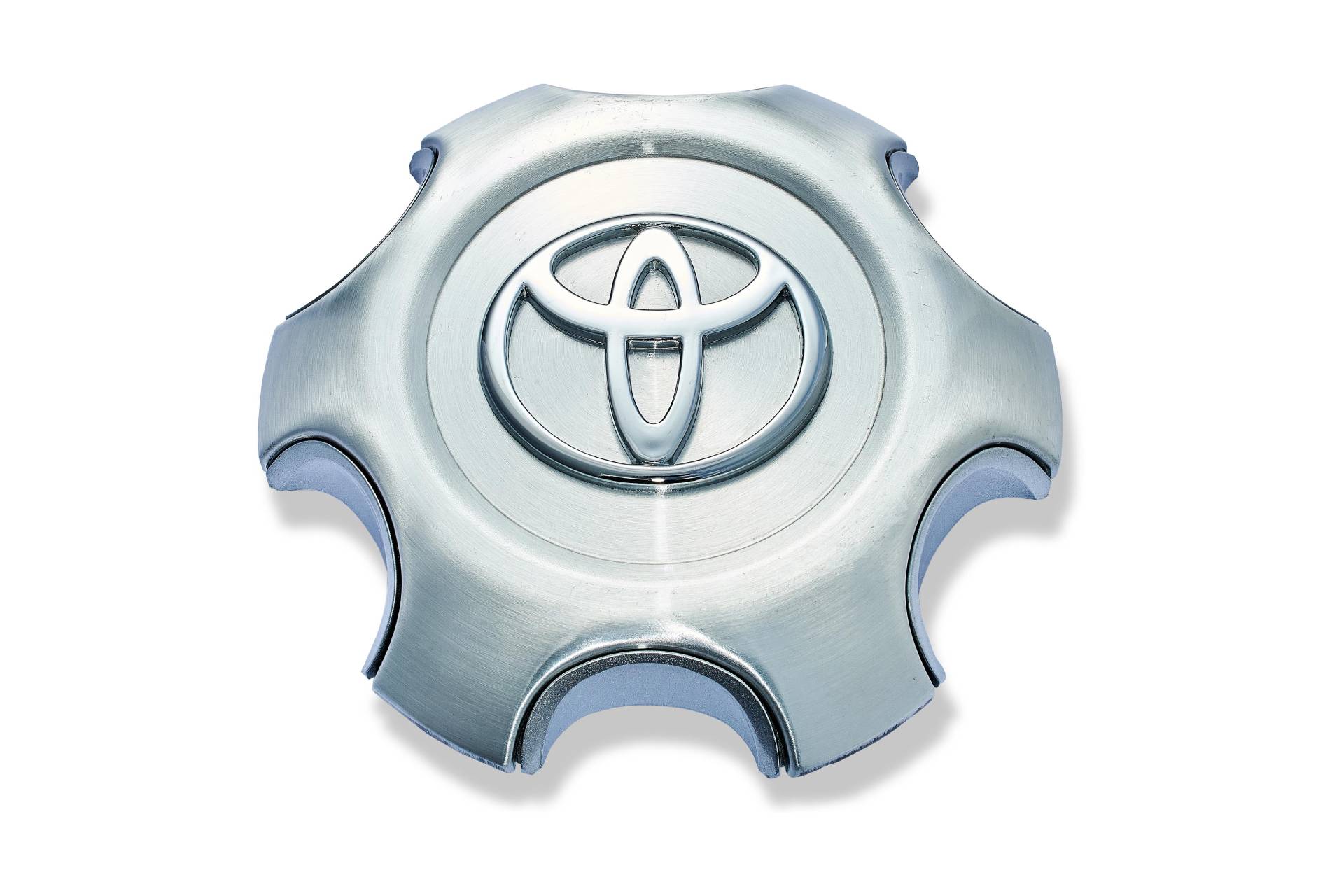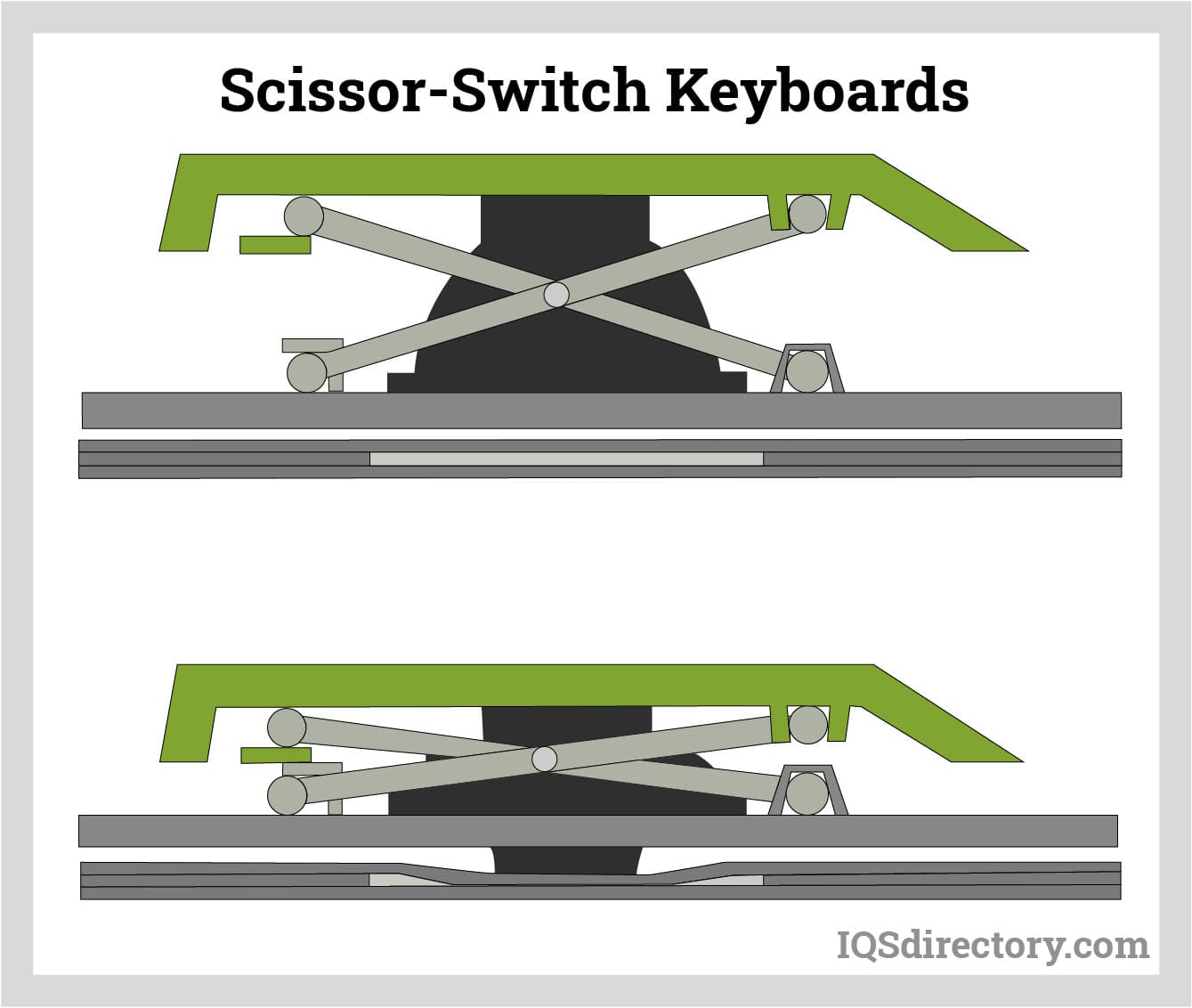Everything you need to know about membrane switch customization
Recognizing the Value of Membrane Layer Change in Modern Electronics
Membrane layer buttons are indispensable components in modern-day digital tools. They supply a mix of performance and layout that boosts individual interaction. Their lightweight and resilient nature makes them ideal for various applications. As industries advance, the need for personalization and advanced functions expands. Comprehending exactly how membrane switches add to development discloses their relevance in shaping the future of electronic devices. What lies in advance for this technology?
The Basics of Membrane Switch Modern Technology
Typically overlooked, membrane button technology plays a crucial duty in the modern-day electronics landscape. These gadgets, made up of numerous layers, function as customer interfaces for numerous digital products, ranging from house appliances to clinical devices. A regular membrane button consists of a visuals overlay, a spacer layer, and a circuit layer, which are diligently put together to produce a functional interface.When pressure is related to the overlay, the circuit layer is finished, allowing signals to be sent to the gadget. This modern technology is understood for its convenience, enabling customization in style, form, and functionality to satisfy specific individual requirements. Additionally, membrane switches are thin and lightweight, making them appropriate for applications where space is a premium. Their longevity and resistance to environmental factors better enhance their charm, guaranteeing they can endure extreme problems while preserving functionality. Generally, membrane layer switch modern technology is integral to creating easy to use and reliable digital gadgets

Secret Advantages of Membrane Layer Changes
Membrane changes deal numerous essential benefits that make them a recommended option in various digital applications. Their layout enables a small form aspect, making it possible for producers to develop light-weight and smooth devices. Furthermore, membrane layer buttons are immune to dust, moisture, and chemicals, which enhances their durability and long life in demanding environments. The responsive comments provided by these buttons can enhance user experience, making them simple and intuitive to operate.Furthermore, membrane layer switches can be personalized with varied graphics and shades, enabling special branding opportunities. The manufacturing procedure is generally economical, especially for high-volume manufacturing, as it decreases setting up time and streamlines style. Membrane switches need minimal maintenance, contributing to reduced overall operational expenses. These benefits underscore their expanding appeal in modern-day electronics, where reliability and easy to use user interfaces are essential.

Applications Across Various Industries
The versatility of membrane switches over enables their prevalent adoption across various sectors. In the medical field, they are commonly made use of in diagnostic tools and individual surveillance systems, providing a durable interface immune to impurities. The vehicle market utilizes membrane buttons for dashboard controls, boosting customer experience with sleek layouts that endure rough problems. In customer electronics, they act as control panels for devices such as microwaves and coffee manufacturers, offering a straightforward interface that is easy to tidy. The aerospace field employs membrane layer buttons in cabin controls, where reliability and area performance are vital. Furthermore, the commercial field leverages these buttons in machinery and control systems to assure durable operation popular environments. This broad series of applications emphasizes the flexibility of membrane layer buttons, making them integral elements in improving performance and individual communication across diverse technical landscapes.
Customization and Layout Versatility

Future Patterns in Membrane Change Advancement
Emerging fads in membrane layer switch growth suggest a growing focus on enhanced performance and integration with clever modern technologies. As customer need for much more advanced electronic tools boosts, makers are concentrating on developing membrane switches over that not just serve basic operational duties however additionally integrate functions like touch sensitivity, backlighting, and haptic feedback.Furthermore, developments in materials are expected to enhance durability and ecological resistance, making membrane switches appropriate for varied applications in industries such as healthcare, auto, and consumer electronic devices. The integration of capacitive touch modern technology is most likely to come to be much more prevalent, permitting sleeker layouts and boosted customer interfaces. membrane switch.Additionally, the rise of the Internet of Things (IoT) is prompting the growth of membrane switches over that can connect wirelessly with other devices, boosting interconnectivity. On the whole, the future of membrane button innovation appears encouraging, driven by development and the quest of user-friendly solutions
Frequently Asked Questions
How Do Membrane Switches Over Contrast to Traditional Mechanical Buttons?
Membrane buttons, being much more space-efficient and using a smooth layout, contrast with traditional mechanical buttons that supply responsive responses. The former typically feature adjustable graphics, while the last commonly guarantee resilience and dependability in different applications.
What Materials Are Typically Utilized in Membrane Change Production?
Membrane layer switches are usually generated utilizing materials such as polyester, polycarbonate, and published conductive inks. These products provide flexibility, responsiveness, and resilience, making them appropriate for numerous applications in electronic gadgets and individual interfaces.
Can Membrane Layer Changes Be Fixed or Recycled?
Membrane switches can typically be repaired, specifically if small problems arise, such as adhesive failure or surface area damages. However, full reuse is generally restricted due to use and potential deterioration of materials in time.
How Do Ecological Factors Impact Membrane Switch Over Efficiency?
Ecological aspects, such as moisture, direct exposure, and temperature level to chemicals, considerably affect membrane layer switch performance. Severe problems can result in destruction, affecting responsiveness and longevity, inevitably compromising the performance of the gadget in numerous applications.
What Is the Typical Life-span of a Membrane Layer Switch?
The typical life-span of a membrane layer switch typically ranges from 1 to 5 million actuations, depending upon aspects such as usage regularity, ecological problems, and the materials made i was reading this use of in production, affecting toughness and performance durability. A regular membrane switch consists of a visuals overlay, a spacer layer, and a circuit layer, which are carefully set up to develop a functional interface - membrane switch.When pressure is used to the overlay, the circuit layer is finished, enabling signals to be transferred to the tool. The responsive responses supplied by these buttons can enhance customer experience, making them simple and user-friendly to operate.Furthermore, membrane layer buttons can be personalized with varied graphics and shades, permitting for unique branding opportunities. As customer demand for more advanced electronic tools boosts, makers are focusing on developing membrane layer changes that not just offer fundamental functional roles yet likewise include features like touch level of sensitivity, backlighting, and haptic feedback.Furthermore, innovations in materials are expected to boost durability and environmental resistance, making membrane switches suitable for varied applications in markets such as health care, vehicle, and customer electronics. The combination of capacitive touch modern technology is most likely to become much more common, enabling for sleeker layouts and boosted customer interfaces.Additionally, the surge of the Net of Things (IoT) is triggering the advancement of membrane layer changes that can connect wirelessly with various other devices, boosting interconnectivity. Membrane buttons, being a lot more space-efficient and using a streamlined design, contrast with typical mechanical switches that supply tactile responses